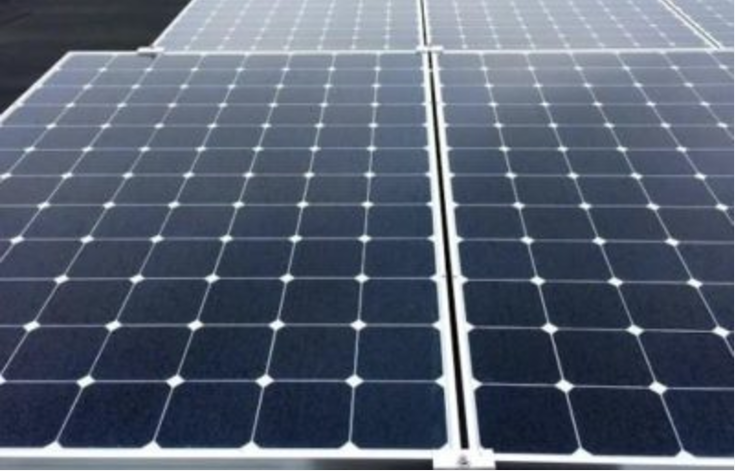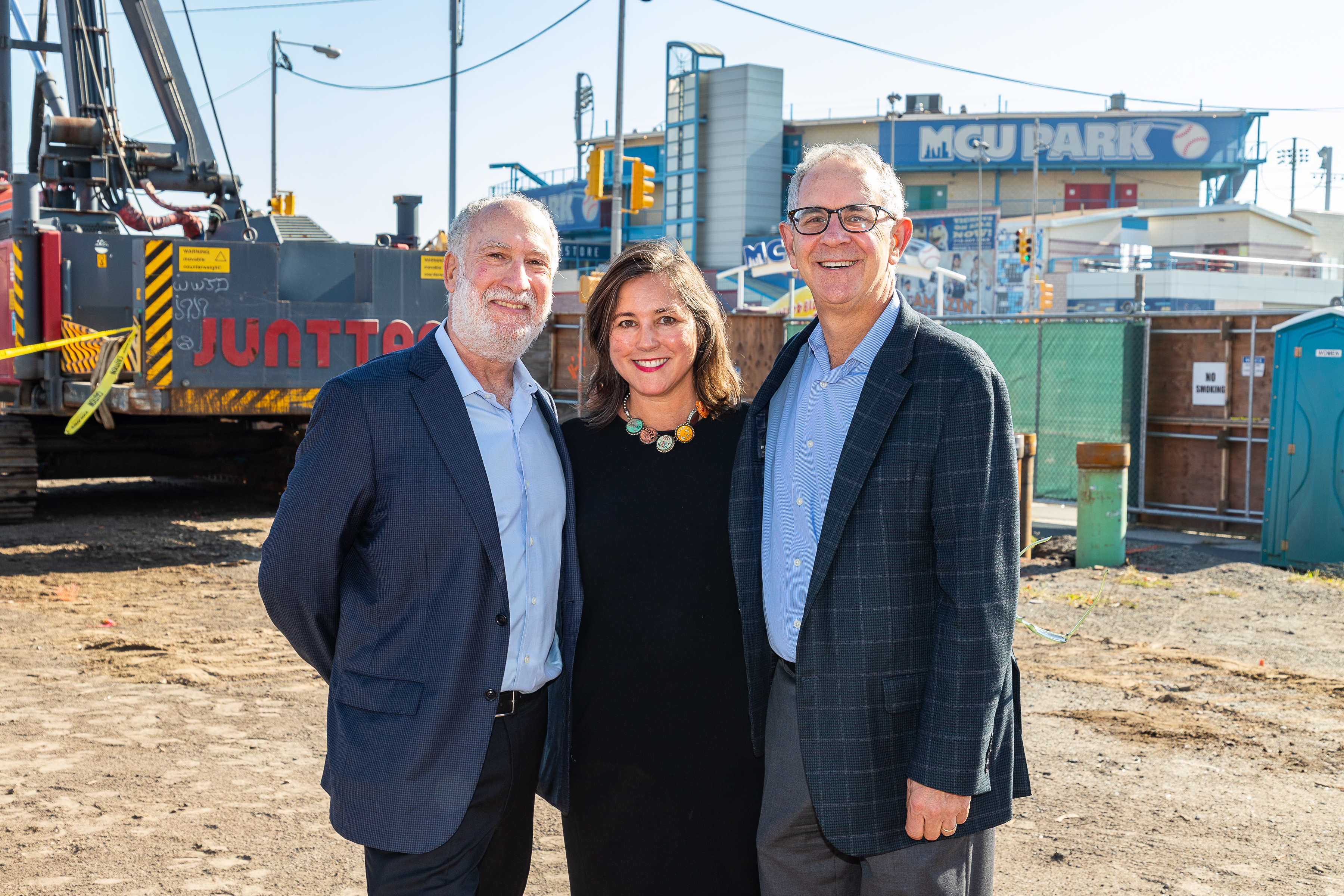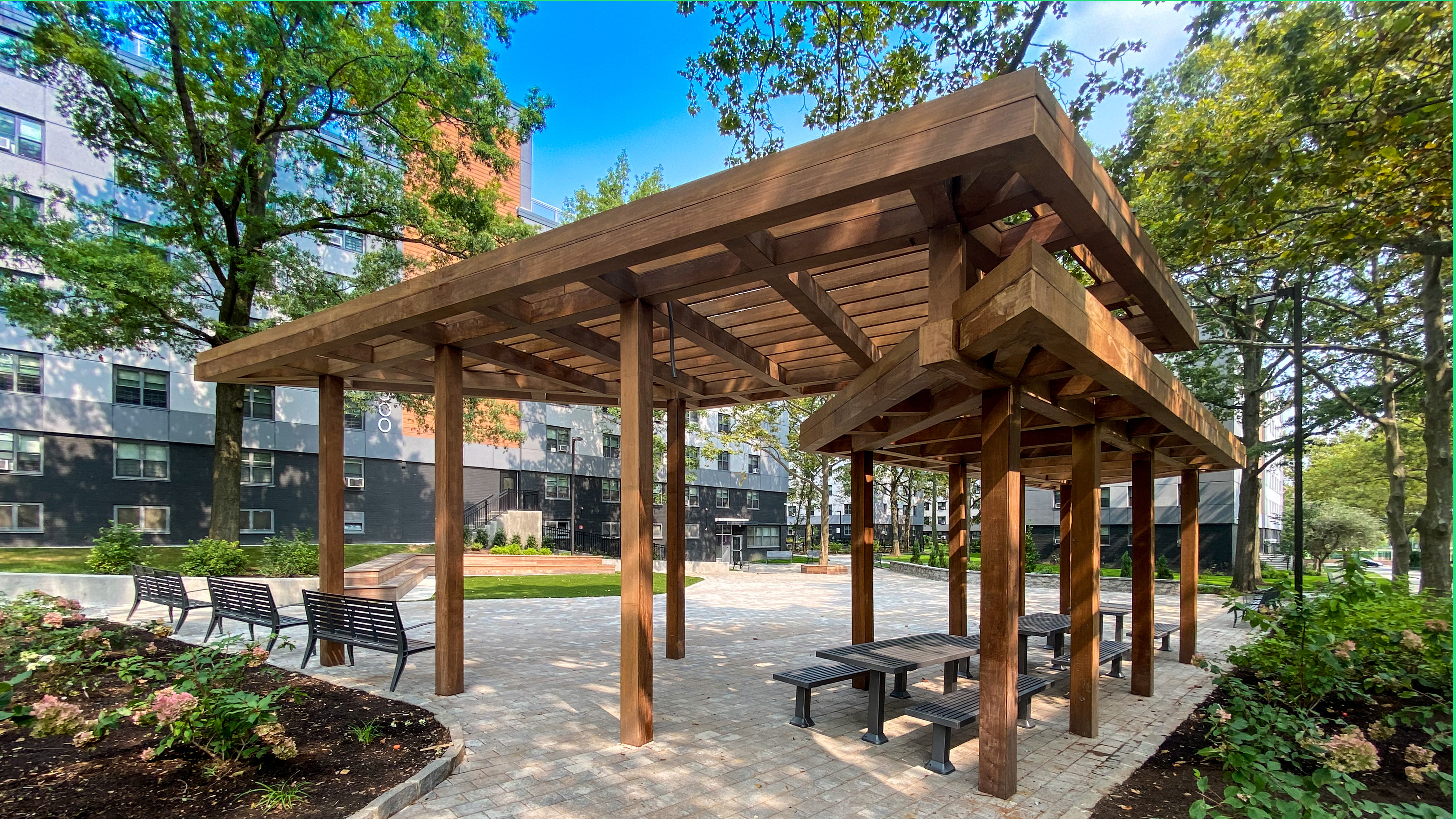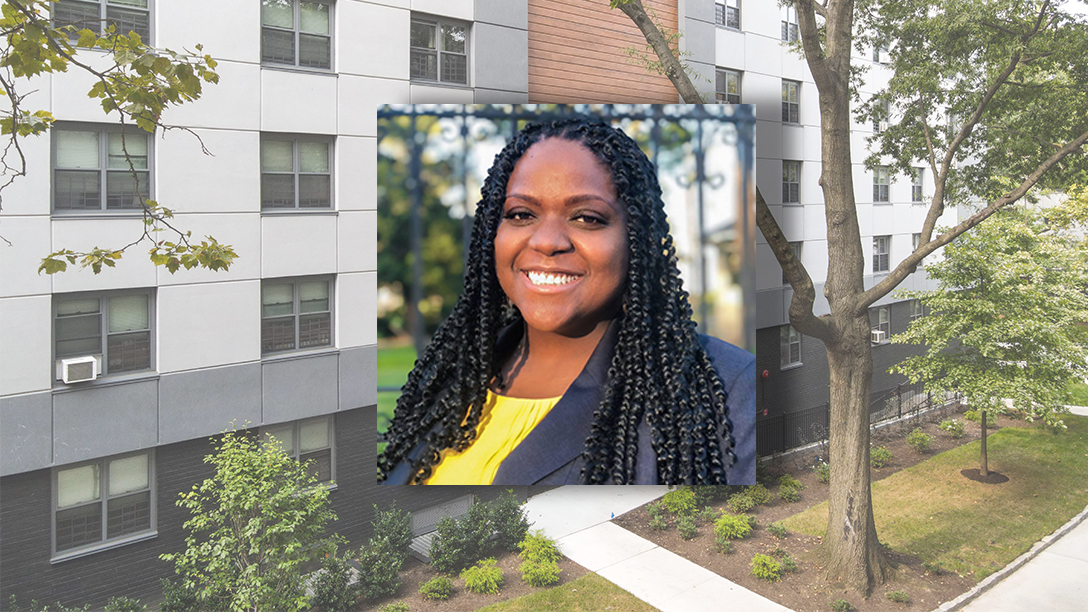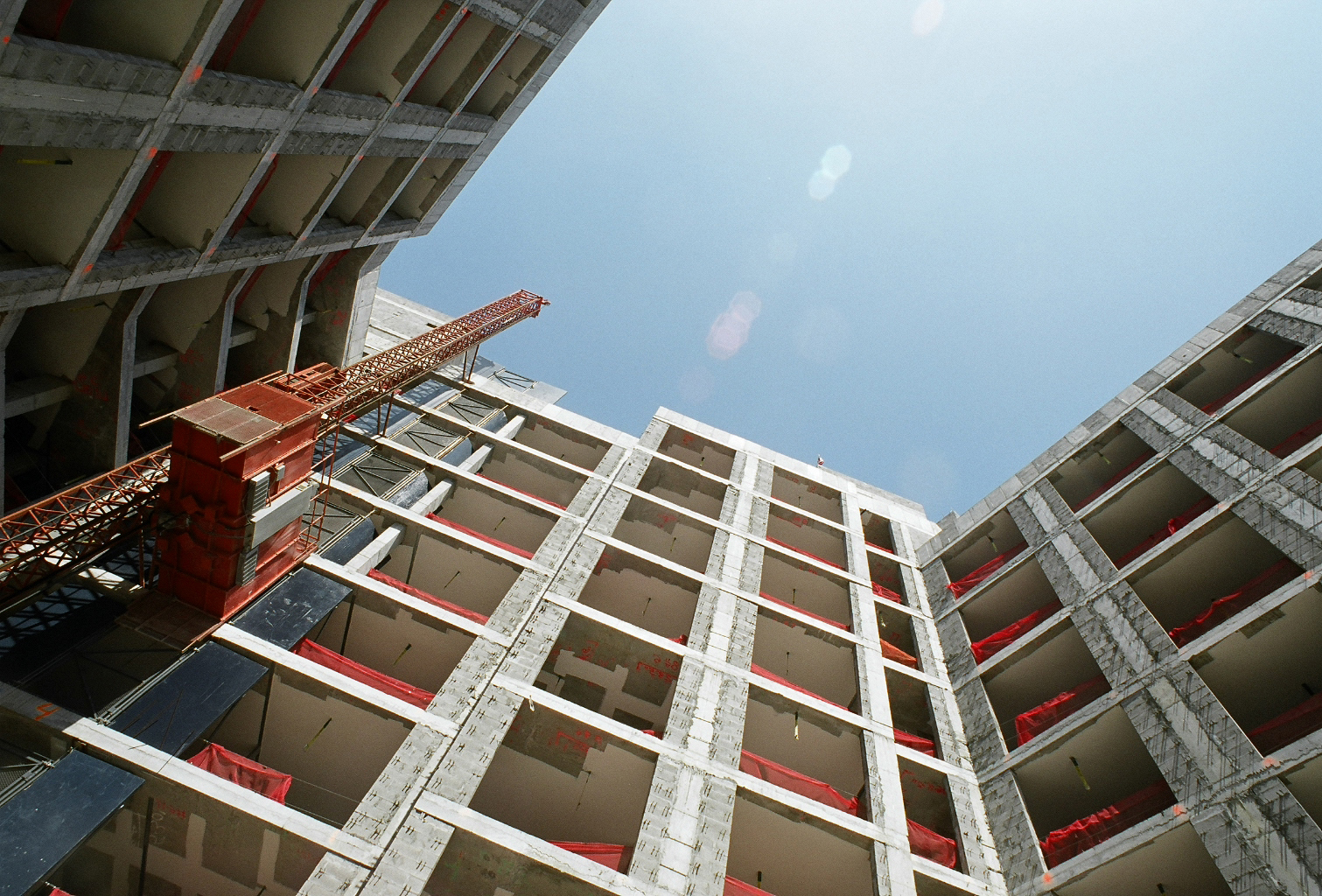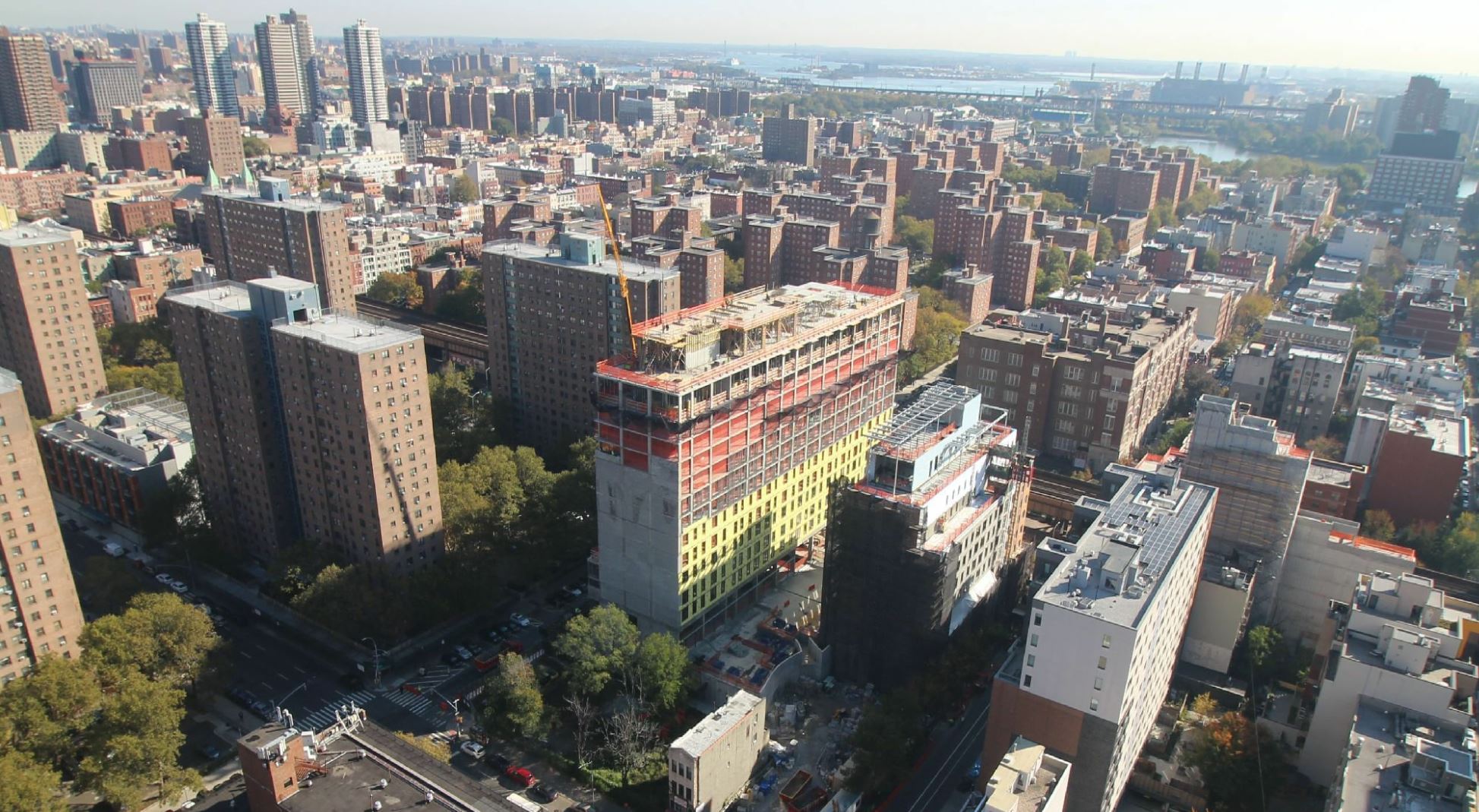Nothing underscores the vulnerability and limited capacity of New York City’s electric grid quite like extreme weather. In October 2012, as hurricane Sandy barreled down on the greater New York metro area, millions of homes lost power. In New York City, more than 700,000 residents had no electricity, while in New Jersey and Pennsylvania over three million people lost power.
Princeton University was an exception.
In the days and weeks after the storm the school’s microgrid generated enough power for the entire campus, and was a beacon a light in the dark for emergency and utility workers, students and the surrounding community.
Microgrid systems represent an incredibly flexible and resilient solution to mitigate vulnerabilities in our energy infrastructure. If there’s a silver lining to Hurricane Sandy, it’s that the superstorm brought greater awareness to an urgency with which New York State needs to become more energy resilient. In the span of a few years, the state has emerged as the most active and innovative market for microgrid projects in the country.
For New York City, which boasts the oldest electric grid and some of the highest electricity prices in the country, microgrids are an economical, energy efficient solution. At Marcus Garvey Apartments, a 625-unit, low-income property in Brownsville, Brooklyn which is owned and managed by L+M, we recently completed a solar installation which will be paired with a battery to store energy in the case of an emergency or outage. Storing energy overnight when electricity costs are lower allows us to reduce our operational expenses and results in savings that we can deploy to provide increased programs and services to our residents.
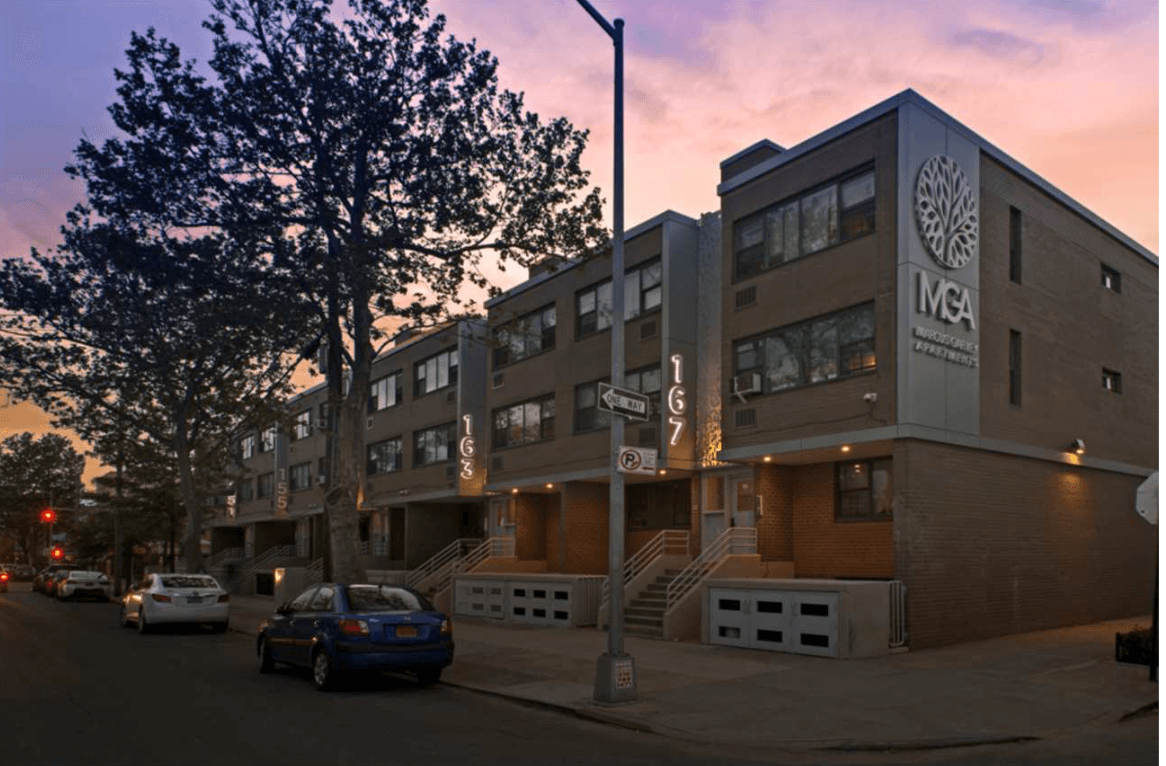
Marcus Garvey Apartments, Brownsville, Brooklyn. Its new microgrid and solar installation are part of BQNP’s efforts to make NYC more energy resilient.
To complete the microgrid project at Marcus Garvey, we’ve started construction on a 400-kW fuel cell system that uses natural gas to create electricity. The fuel cell runs 24 hours a day and its benefits will extend well beyond the property’s perimeter by easing the strain on ConEd’s grid overall. Our system was partly incentivized by ConEd’s Brooklyn Queens Neighborhood Program (BQNP), which helps provide funding for local energy solutions which reduce load and stress on the existing grid.
On behalf of L+M, we are excited to integrate an intelligently controlled, energy storage-based microgrid system at Marcus Garvey Apartments. Our commitment to renewable energy is part of a portfolio-wide effort to make our properties more sustainable and enhance residents’ quality of life in line with our double bottom line approach to development.

